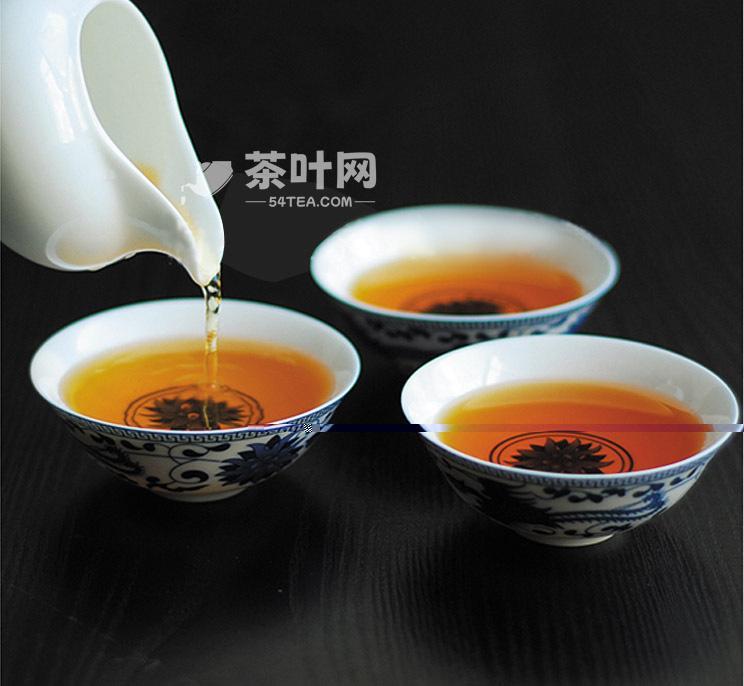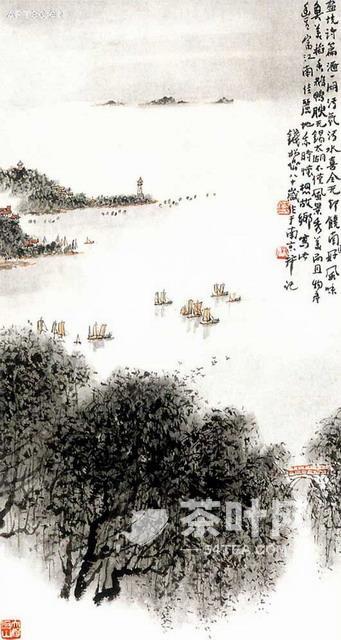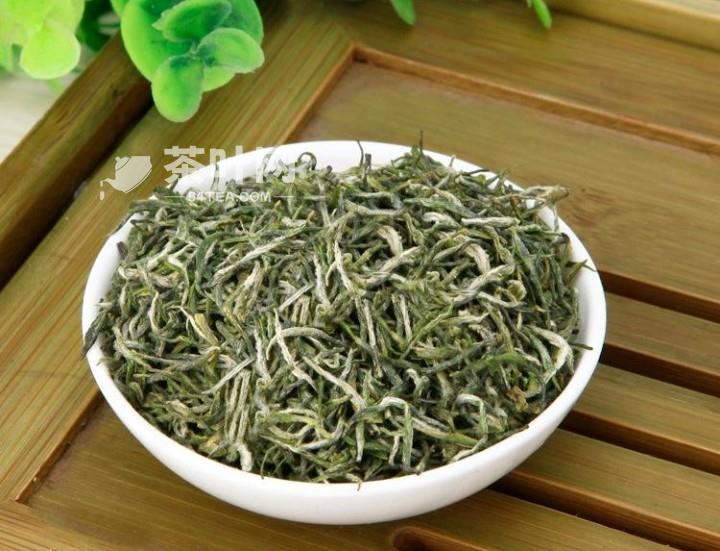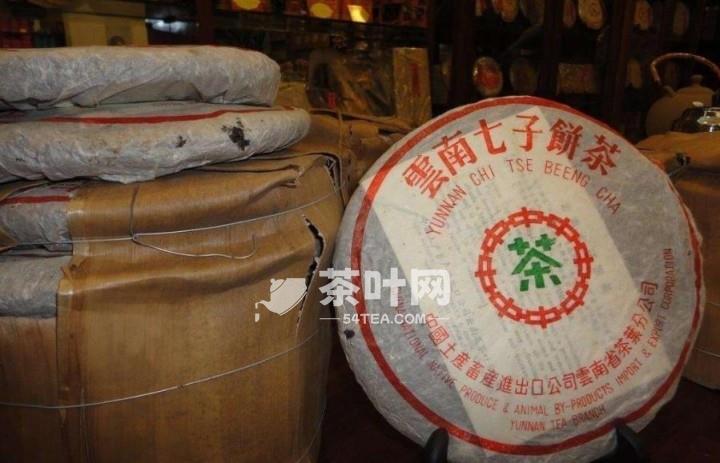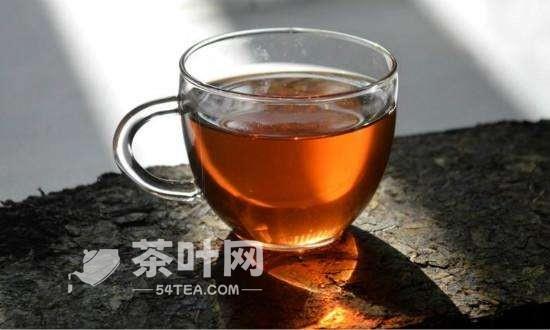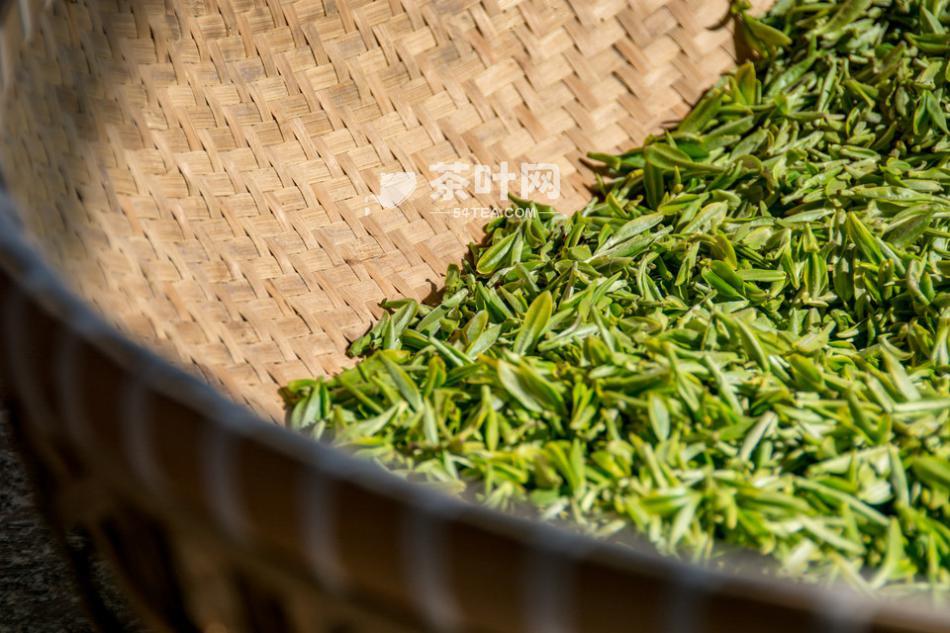 UF6tea.com
UF6tea.com
Zhejiang Province tea farm UF6Tea.com
Ten li ping farm state-owned farm. Located in zhejiang longyou county lake town. Built in 1952. Has 2000 hectares of land, including tea garden about 200 hectares, annual output of 250 tons of dried vegetables. Under the agricultural brigade and factory. Produces tea type has black tea, fried green, roasted green and flower tea. uf6tea.net
Shili Feng farm state-owned farm. Located in Zhejiang Quzhou ten li feng. Built in 1955. Has tea garden more than 330 hectares, annual output of dry tea 500 tons. Under the tea production team, tea processing plant, brick factory, cement factory and other subsidiary enterprises. The products are fried green tea, jasmine tea, red tea and “Tashan Yinhao”, “Zhejiang Longjing”, “Maofeng” and other famous teas, of which “Tashan Yinhao” and Grade III tea are the most popular. Tashan Yinhao” and three levels of jasmine tea for the Ministry of Excellence products. Nine peaks mountain tea field collective tea field. Located in Zhejiang Jinhua Tangxi town nine peaks. Built in 1980. Has tea garden more than 150 hectares, annual output of 420 tons of dry tea. Sets down subfield and tea factory, to produce baking green, pearl tea mainly. uf6tea.com
Shangyu city tea farm state-owned tea farm. Located in zhejiang shangyu chapter town. Built in 1958. Has tea garden 80 hectares, annual output of 200 tons of dry tea. Main tea for pearl tea. uf6tea.com
Changxing County tea field state-owned tea farm. Located in zhejiang changxing peace town. Built in 1978. Has tea garden more than 130 hectares, annual output of dry tea 250 tons. Set up under the initial tea factory and refined tea factory, to produce fried green, baked green mainly. uf6tea.net
Longjing tea field state-owned tea field. Located in Zhejiang Hangzhou two lakes Longjing village. Built in 1950. Has tea garden about 70 hectares. Distributed in longjing, shifeng, meijiawu, wuyunshan, tiger run 5 production system area, annual output of 50 tons of tea. Produces Longjing mainly. 1958 and into the Chinese academy of agricultural sciences tea research institute. uf6tea.net
Shimen agricultural reclamation field state-owned farm. Located in Zhejiang Jinhua wucheng district fixed industry new village. Built in 1955. Formerly is Zhejiang Province Jinhua specialized department Shimen agriculture, forestry and animal husbandry experimental farm, in 1986 changed to present name. There are about 280 hectares of tea plantations, with an annual output of 800 tons of dry tea. Under the company and refined tea factory. Produces jasmine tea and black tea mainly. UF6Tea.com
Longyou phoenix mountain tea farm state-owned tea farm. Located in zhejiang longyou ten li ping. Built in 1955. Has tea garden more than 30 hectares, annual output of tea 100 tons. Constructed initial, refined tea factory, to produce fried green and Longjing mainly. UF6Tea.com
Pingshan tea farm state-owned tea farm. Located in zhejiang yuhang changle town. Built in 1960. Formerly known as the Hangzhou city downtown people’s commune farm, changed to its current name in 1994. Has tea garden more than 130 hectares, annual output of 275 tons of tea, to produce eyebrow tea and jasmine tea mainly. uf6tea.net
Dongbaishan tea farm state-owned tea farm. Located in zhejiang dongyang east white mountain. Built in 1955. Initially called Dongbaishan tea test field, in 1977 changed to the current name. There are about 130 hectares of tea plantations, with an annual output of 120 tons of dry tea. Under the initial, refined tea factory, mainly produces flat fried green, long fried green, jasmine tea and “Dongbai spring buds”. uf6tea.net
Lanxi city tea farm state-owned tea farm. Located in Zhejiang Lanxi motor town. Built in 1980. Formerly known as lanxi county on the Chinese agricultural reclamation field. Has tea garden more than 130 hectares, annual output of 300 tons of dry tea. Produces roasted green and jasmine tea mainly. uf6tea.com
Yuyao tea field state-owned tea field. Located in Zhejiang Yuyao Yuyao town. Built in 1952. Has tea garden more than 50 hectares, annual output of 210 tons of tea, average yield per hectare 250 kg, is currently one of the highest national tea production units. Tea factory under the initial tea factory, refined tea factory and tea machinery factory, to the production of bead tea and sencha (are exported) mainly. uf6tea.net
Fenghua tea farm state-owned tea farm. Located in zhejiang fenghua west dock town. Built in 1965. Formerly state-run new farm, 1968 changed to the current name. Has tea garden about 200 hectares, annual output of 400 tons of tea. Under the three factories, the production of export pearl tea and steamed green sencha mainly. uf6tea.net
Hangzhou tea test field state-owned tea farm. Located in zhejiang yuhang penggong township shise village. Formerly known as zhejiang province agriculture department specialties bureau tea experimental field. Built in 1952. 1972 changed to its current name. There are about 400 hectares of tea plantations, with an annual output of 1,000 tons of tea. Under the sub-farms and tea factories, to produce export eyebrow tea and steamed green sencha mainly. uf6tea.net
Shaoxing tea plant state-owned tea plant. Located in zhejiang shaoxing gao port town save palace. Built in 1964. Formerly known as shaoxing county save the palace tea field, changed to the current name in 1984. Has tea garden about 140 hectares, annual output of dry tea 300 tons. Under the jurisdiction of the company and factory, to the production of bead tea and sencha mainly. uf6tea.net
Tea mountain forest state-owned forest. Located in zhejiang ninghai liyang town. Built in 1958. There are about 2000 hectares of land, including more than 70 hectares of tea plantations. Annual production of 150 tons of tea. Set up under the tea and forestry district, initial tea factory and refined tea factory, to produce export pearl tea mainly, also produces part of the famous tea. uf6tea.net
Nanchong tea plant collective tea plant. Located in zhejiang xiangshan maoyang township. Built in 1967. Has tea garden about 70 hectares, annual production of tea 100 tons. Has tea factory, to produce baked green and flower tea mainly. uf6tea.com
South lake forest state-owned forest farm. Located in zhejiang anji high yu township. Built in 1952. Formerly known as Anji Farm, changed to its current name in 1963. There are more than 3300 hectares of land, including about 670 hectares of tea plantations, with an annual output of 1000 tons of tea. There are sub-farms and tea factories, and the main types of tea are wonderful green, sencha, black tea and roasted green, etc. UF6Tea.com
Jiangtang agricultural reclamation field state-owned farm. Located in jiangtang, jinhua, zhejiang province. Built in 1954. Has more than 1300 hectares of land, including 227 hectares of tea plantations, with an annual output of more than 230 tons of dry tea. Under the tea base and tea factory, to produce export pan-fried tea and flower tea, long fried green mainly. uf6tea.net
Huzhou agricultural reclamation tea farm state-owned tea farm. Located in zhejiang huzhou south port longquanwu. Built in 1975. Formerly known as wuxing farm sub-farm, in 1977 began planting tea, changed its name to the present, in 1989, zhejiang provincial department of agriculture and huzhou city agriculture bureau to determine the field to bear the north of zhejiang region tea seed breeding tasks. There are about 50 hectares of tea plantations, with an annual output of 50 tons of tea. There are sub-farms, famous tea processing factories and preliminary tea factories, mainly producing Hangzhou fried green and “Wenshan Imperial Tea”. uf6tea.net
Shengzhou city tea field state-owned tea field. Located in Sanjie Town, Shengzhou, Zhejiang. Built in 1937. Formerly known as Zhejiang Tea Improvement Farm, it was renamed Sheng County Tea Ranch in 1960 and changed to its present name in 1996. There are about 140 hectares of tea plantations with an annual production of 275 tons of tea. It has a branch farm, a primary tea factory and a refined tea factory, and mainly produces bead tea. UF6Tea.com
Xinchang County tea plantation collective tea plant. Located in zhejiang xinchang big city gathering town west mountain village. Built in 1979. Formerly Xinchang County red flag tea seed farm, 1991 changed to the present name. Has a tea garden about 20 hectares, annual output of 20 tons of tea. Under the sub-farm and tea processing plant, to produce “Zhejiang Longjing” and pearl tea mainly. uf6tea.net
Fuquanshan tea field state-owned tea farm. Located in zhejiang ningbo yinxian east qianhu town. Built in 1958. Formerly known as animal husbandry, in 1975 changed to its current name. 1979 by the Ministry of Agriculture designated as the northern China tea seed breeding demonstration farm. There are about 240 hectares of tea plantations, with an annual output of 500 tons of tea. Under the tea factory, the production of export pearl tea is the main, and the production of “Donghai Longtongue”, “Yunwu Spring” and other famous tea. There are more than 20 hectares of tea plantation, more than 30 asexual tea plantations, and hundreds of thousands of tea seedlings are produced every year. uf6tea.net
